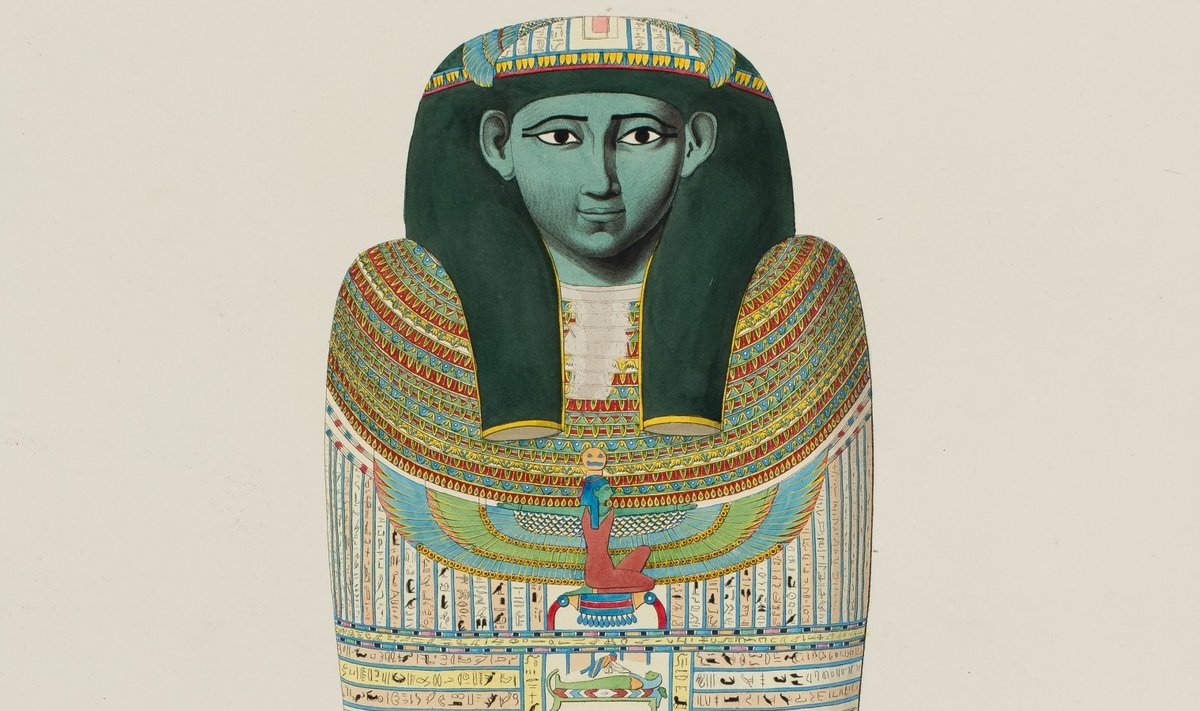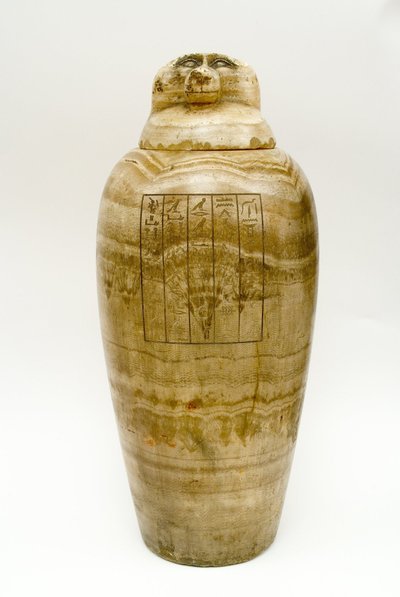VIRTUAL EXHIBIT 360°: Artefacts From The Land of Pharaohs & Mummies

Estonia and collecting Egyptian antiquities
Richter arrived in Egypt along with his fellow passenger, a preacher at the Swedish legation in Constantinople, Sven Fredrik Lidman, in mid-April 1815. “Their voyage took them past the antiquities of Karnak, Luxor, Kom Ombo and Aswan,” writes Sergei Stadnikov, an Egyptologist, in his Richter study. In August 1816 Richter’s travels were tragically ended. Richter, who had just turned 24, died of dysentery in Smyrna on 13 August. “He had travelled through Egypt, a part of Nubia, Palestine, Syria and Anatolia, and he planned to go on to Persia, where, according to an order by Emperor Alexander, an honourable position was waiting for him with the Russian Embassy,” reads the obituary published in Germany.
The antiquities collected during the travels reached Richter’s father in Estonia, who gave them to the Museum of Tartu University (founded in April 1803). At the end of the 19th century, the Egyptian collection of the museum included 124 items, the basic part of which belonged to the Richter legacy. “In respect to its volume and scientific importance, the Egyptological collection of the museum can be compared to the biggest collections in Russia,” said Stadnikov.
But in 1915 the valuable collection was taken to Russia to protect it from the war. Despite repeated requests from the Estonian government to have the collection returned, it is still held in the Art Museum of Voronezh Oblast, although it was agreed to return it to its homeland after the Tartu Peace Treaty was signed in 1920.
Pharmacist Johann Burchard


Burchard did not confine himself to merely collecting antiquities; he also tried to learn more about the objects in his collection. In regard to the Egyptian antiquities, for example, he took counsel from the Russian Academy of Science and the University of Helsinki, but he also consulted Professor Gustav Seyffarth, an Egyptologist in Leipzig. Fortunately, in spite of wars and other dramatic historical events, the Burchard collection is still largely preserved.
My journey to ancient Egypt

